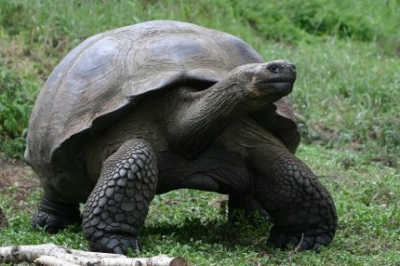
A study published by researchers a few weeks ago details how a few thousand giant tortoises living on Galapagos’ San Cristabol island may not really be the species they were presumed to be. So, they have the potential to be a new species. What’s the story behind this?
Way back in 1906, explorers collected giant tortoise bones and shells from a cave in San Cristabol island. Recently, researchers compared these with genetic materials obtained from giant tortoises now living on the same island. And, they discovered these near-8,000 giant tortoises were different from the ones recorded over a century ago, though both were classified as Chelonoidis chathamensis. Scientists believe “the evidence suggests that one group of tortoises on the island split into two groups, possibly highland and lowland varieties. This may be a result of sea level rises in the past splitting the island in two”. Meanwhile, Galapagos Conservancy, which was part of the study, has said that the Chelonoidis chathamensis species is “almost certainly extinct.
Further DNA research is required to see exactly how distinct these two groups are because that is what will offer conclusive evidence on whether the tortoises now living are an entirely new species. If so, “under scientific naming nales, this means the living species would need a new common and scientific name
Right now, there are 14 recognised species of Galapagos giant tortoise. However, only 13 species are currently alive-the “Pinta Island tortoise went extinct in 2012 after the last of its species, Lonesome George, passed away”. Only research will tell us if the number of recognised species is likely to go up by at least one.
Picture Credit : Google




